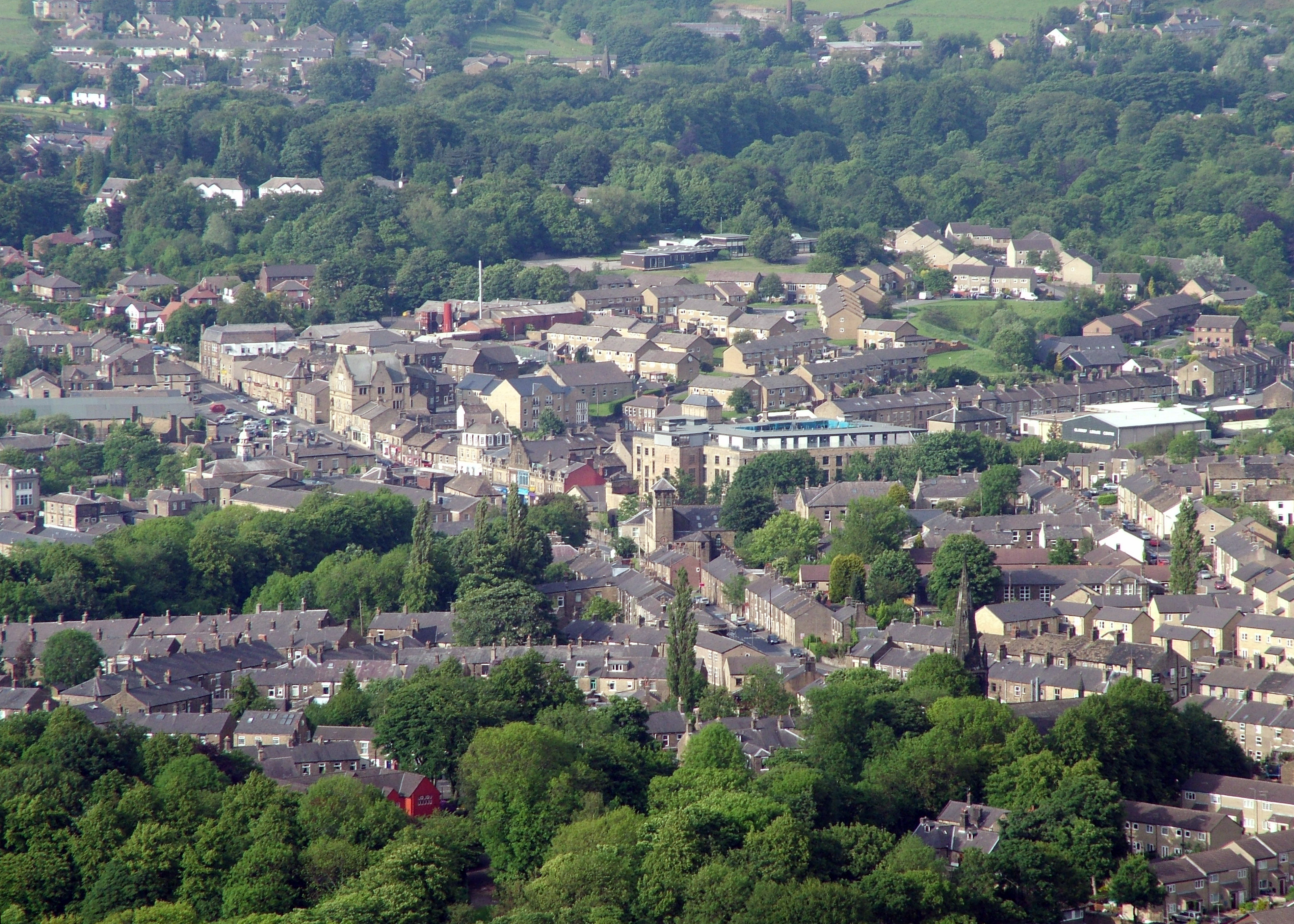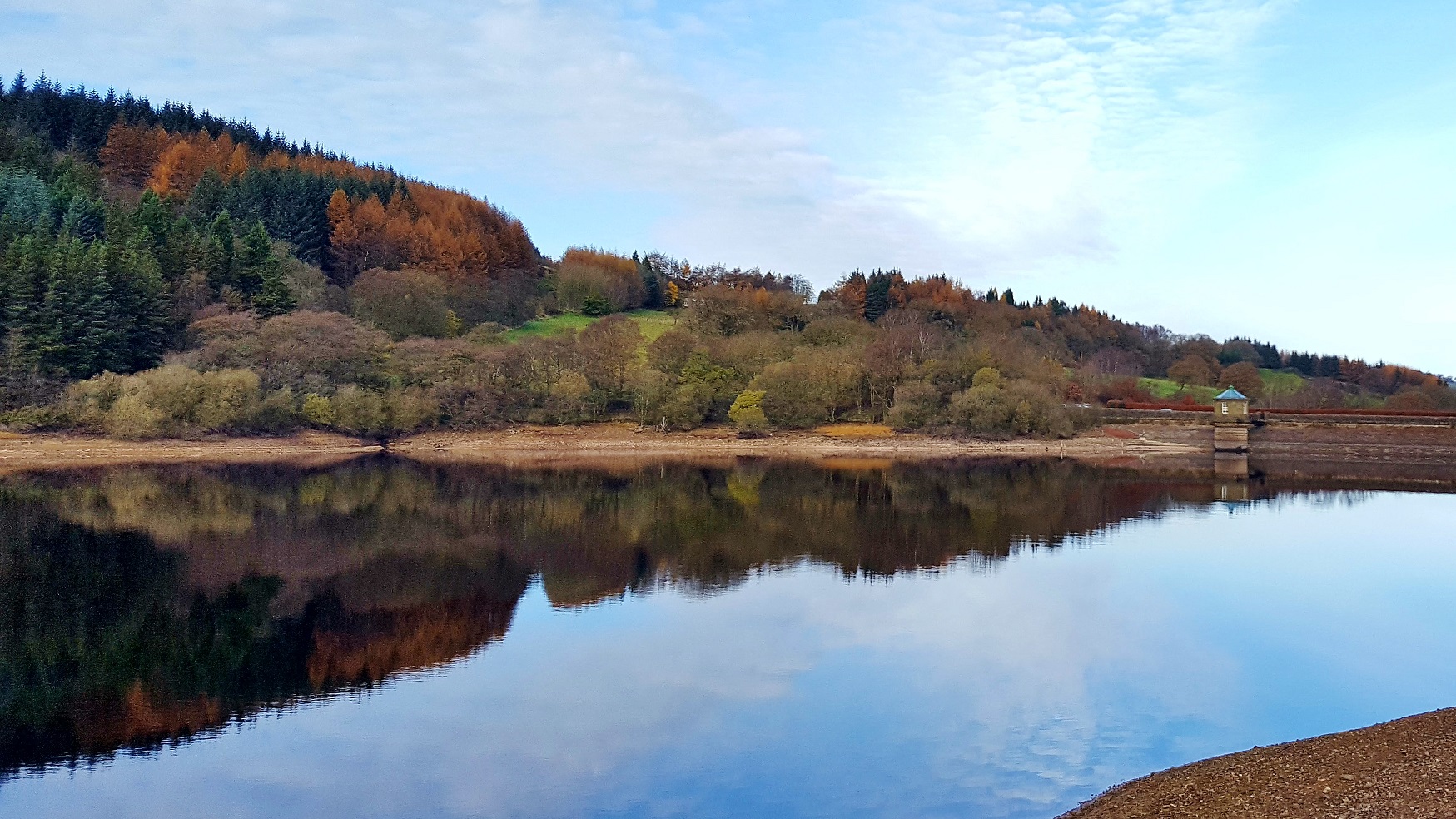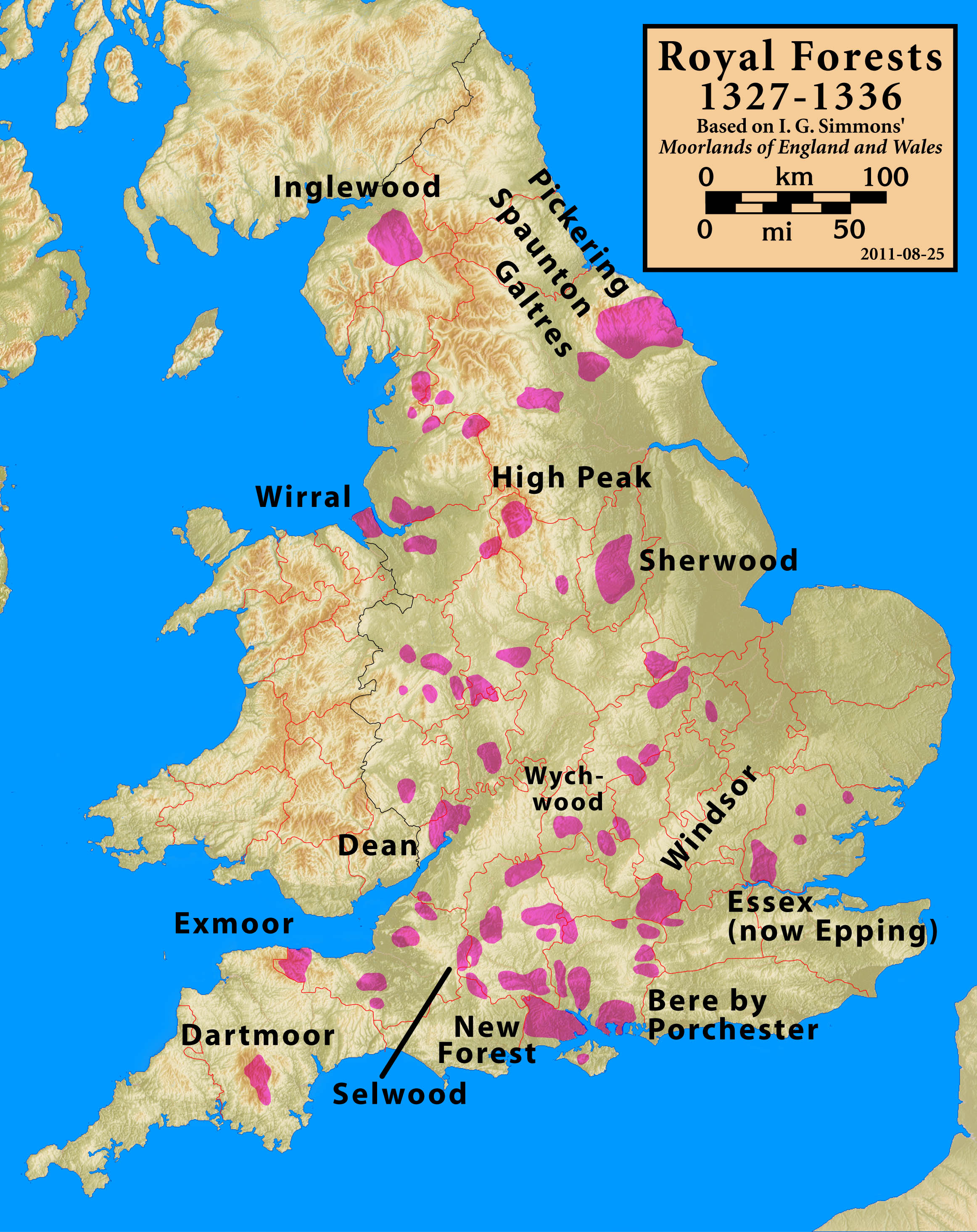|
Taxal
Whaley Bridge () is a town and civil parish in the High Peak district of Derbyshire, England. It is situated on the River Goyt, south-east of Manchester, north of Buxton, north-east of Macclesfield and west of Sheffield. It had a population of 6,455 at the 2011 census, including Furness Vale, Horwich End, Bridgemont, Fernilee, Stoneheads and Taxal. History There is evidence of prehistoric activity in the area, including early Bronze Age standing stones, burial sites and the remains of a stone circle. A bronze-age axe head was discovered in 2005. There has long been speculation that the 'Roosdyche', a complex of banks and ditches on the eastern side of the town, is of prehistoric human origin, but investigations in 1962 concluded that it was formed by glacial meltwater. The name of ''Weyley'' or ''Weylegh'' appears in many 13th-century documents and is derived from the Anglo Saxon ''weg lēah'', meaning 'a clearing by the road'. In 1351, the lands of Weyley and Yeardsley were ... [...More Info...] [...Related Items...] OR: [Wikipedia] [Google] [Baidu] |
High Peak, Derbyshire
High Peak is a local government district with borough status in Derbyshire, England. The borough compromises high moorland plateau in the Dark Peak area of the Peak District National Park. The district stretches from Holme Moss in the north to Sterndale Moor in the south, and from Hague Bar in the west to Bamford in the east. The population of the borough taken at the 2011 Census was 90,892. The borough is unusual in having two administrative centres for its council, High Peak Borough Council; the offices are based in both Buxton and Glossop. The borough also contains other towns including Chapel-en-le-Frith, Hadfield, New Mills and Whaley Bridge. High Peak was the name of a hundred of the ancient county of Derbyshire covering roughly the same area as the current district. It may have derived its name from the ancient Forest of High Peak, a royal hunting reserve administered by William Peverel, a favourite of William I, who was based at Peak Castle. High Peak contains much ... [...More Info...] [...Related Items...] OR: [Wikipedia] [Google] [Baidu] |
River Goyt
The River Goyt is a tributary of the River Mersey in North West England. Etymology The name ''Goyt'' may be derived from the Middle English ''gote'', meaning "a watercourse, a stream". Derivation from the Welsh ''gwyth'' meaning "vein" has been suggested, but described as "doubtful". Course The Goyt rises on the moors of Axe Edge, near the River Dane and the Cat and Fiddle Inn. The area is known as the Upper Goyt Valley. The old Cat and Fiddle Road from Buxton to Macclesfield crosses the river just as it turns northwards to flow down its well-known valley. The river then flows under Derbyshire Bridge, which was the old boundary between Derbyshire and Cheshire. Later it reaches an old packhorse bridge that was moved when Errwood reservoir was built in the 1960s (see photo below). Further downstream there is another reservoir, the Fernilee Reservoir, built in 1938. The original line of the Cromford and High Peak Railway can be seen near this point. The Goyt then passes thr ... [...More Info...] [...Related Items...] OR: [Wikipedia] [Google] [Baidu] |
William Jauderell
William Jauderell was an archer in the English armies in Wales of Edward, the Black Prince in the 14th century. A descendant of Peter Jauderel, a soldier who had helped King Edward conquer Wales in the late 13th century, William Jauderell held estates in Cheshire and Macclesfield Forest registered in 1351, although he originally came from Yeardsley, in Derbyshire. His son Roger Joudrell would later fight at the Battle of Agincourt, and was buried in the church of St James, Taxal, also in Derbyshire, where his grave is marked by a large plaque honouring William and others from the family. On 16 December 1355, the prince gave him leave to travel to England by means of a pass which his family keeps as an heirloom toda The translated modern text reads, ''Know all that we, the Prince of Wales, have given leave on the day of the date of this instrument, to William Jauderel, one of our archers, to go to England. In witness of this we have caused our seal to be placed on this bill. Give ... [...More Info...] [...Related Items...] OR: [Wikipedia] [Google] [Baidu] |
Derbyshire
Derbyshire ( ) is a ceremonial county in the East Midlands, England. It includes much of the Peak District National Park, the southern end of the Pennine range of hills and part of the National Forest. It borders Greater Manchester to the north-west, West Yorkshire to the north, South Yorkshire to the north-east, Nottinghamshire to the east, Leicestershire to the south-east, Staffordshire to the west and south-west and Cheshire to the west. Kinder Scout, at , is the highest point and Trent Meadows, where the River Trent leaves Derbyshire, the lowest at . The north–south River Derwent is the longest river at . In 2003, the Ordnance Survey named Church Flatts Farm at Coton in the Elms, near Swadlincote, as Britain's furthest point from the sea. Derby is a unitary authority area, but remains part of the ceremonial county. The county was a lot larger than its present coverage, it once extended to the boundaries of the City of Sheffield district in South Yorkshire where it cov ... [...More Info...] [...Related Items...] OR: [Wikipedia] [Google] [Baidu] |
Peak District Boundary Walk
The Peak District Boundary Walk is a circular walking trail, starting and finishing at Buxton and broadly following the boundary of the Peak District, Britain's first national park. The route was developed by the Friends of the Peak District (a branch of the Campaign to Protect Rural England) and was launched on 17 June 2017. The Friends of the Peak District's founders, Gerald and Ethel Haythornthwaite, proposed the boundary of the Peak District National Park, which was subsequently established as the United Kingdom's first National Park in 1951. The route is waymarked with green markers and uses existing footpaths, tracks, quiet lanes, disused railway lines and a canal towpath. The start and finish is at the King's Head pub on Buxton Market Place, where a plaque has been installed by the Peak & Northern Footpaths Society (PNFS). The terrain covers open moorlands of the South Pennines, the limestone scenery of the Derbyshire Dales, woodlands, reservoirs and rural farming ... [...More Info...] [...Related Items...] OR: [Wikipedia] [Google] [Baidu] |
Cotton Mill
A cotton mill is a building that houses spinning (textiles), spinning or weaving machinery for the production of yarn or cloth from cotton, an important product during the Industrial Revolution in the development of the factory system. Although some were driven by animal power, most early mills were built in rural areas at fast-flowing rivers and streams using water wheels for power. The development of viable Watt steam engine, steam engines by Boulton and Watt from 1781 led to the growth of larger, steam-powered mills allowing them to be concentrated in urban mill towns, like Manchester, which with neighbouring Salford, Greater Manchester, Salford had more than 50 mills by 1802. The mechanisation of the spinning process in the early factories was instrumental in the growth of the machine tool industry, enabling the construction of larger cotton mills. Joint stock company, Limited companies were developed to construct mills, and the trading floors of the Manchester Royal Excha ... [...More Info...] [...Related Items...] OR: [Wikipedia] [Google] [Baidu] |
Industrial Revolution
The Industrial Revolution was the transition to new manufacturing processes in Great Britain, continental Europe, and the United States, that occurred during the period from around 1760 to about 1820–1840. This transition included going from hand production methods to machines, new chemical manufacturing and iron production processes, the increasing use of steam power and water power, the development of machine tools and the rise of the mechanized factory system. Output greatly increased, and a result was an unprecedented rise in population and in the rate of population growth. Textiles were the dominant industry of the Industrial Revolution in terms of employment, value of output and capital invested. The textile industry was also the first to use modern production methods. The Industrial Revolution began in Great Britain, and many of the technological and architectural innovations were of British origin. By the mid-18th century, Britain was the world's leadi ... [...More Info...] [...Related Items...] OR: [Wikipedia] [Google] [Baidu] |
Coalmining
Coal mining is the process of extracting coal from the ground. Coal is valued for its energy content and since the 1880s has been widely used to generate electricity. Steel and cement industries use coal as a fuel for extraction of iron from iron ore and for cement production. In the United Kingdom and South Africa, a coal mine and its structures are a colliery, a coal mine is called a 'pit', and the above-ground structures are a 'pit head'. In Australia, "colliery" generally refers to an underground coal mine. Coal mining has had many developments in recent years, from the early days of men tunneling, digging and manually extracting the coal on carts to large open-cut and longwall mines. Mining at this scale requires the use of draglines, trucks, conveyors, hydraulic jacks and shearers. The coal mining industry has a long history of significant negative environmental impacts on local ecosystems, health impacts on local communities and workers, and contributes heavily to the ... [...More Info...] [...Related Items...] OR: [Wikipedia] [Google] [Baidu] |
Macclesfield Forest
Macclesfield Forest is an area of woodland, predominantly conifer plantation, located around south east of Macclesfield in the civil parish of Macclesfield Forest and Wildboarclough, in Cheshire, England. The existing woodland is the last substantial remnant of the Royal Forest of Macclesfield, a once-extensive ancient hunting reserve. The area also includes two reservoirs, Trentabank and Ridgegate. Macclesfield Forest lies on the western edge of the Peak District, within the South West Peak, and is partly inside the boundary of the National Park. The hills of Tegg's Nose and Shutlingsloe stand to the north west and south east, respectively; the moorland of High Moor lies to the south and the Goyt Valley lies to the west. Nearby villages include Langley and Wildboarclough.Ordnance Survey: The Peak District: White Peak Area (OL24). Macclesfield Forest is owned by United Utilities. Most of the woodland is designated a Site of Biological Importance, while part of the area includ ... [...More Info...] [...Related Items...] OR: [Wikipedia] [Google] [Baidu] |
Forest Of High Peak
The Forest of High Peak was, in medieval times, a moorland forest covering most of the north west of Derbyshire, England, extending as far south as Tideswell and Buxton. From the time of the Norman Conquest it was established as a royal hunting reserve, administered by William Peverel, a follower of William I, who was based at Peveril Castle. The Royal Forest of Peak was bounded by the River Goyt to the west, the River Wye to the south, the River Derwent to the east and the River Etherow to the north. In 1305 it covered about 100 square miles. The south western area between the River Wye and Kinder Scout was relatively open country, which was enclosed by a low wall, sufficient to keep out cattle and sheep but allow the deer to roam. The area was known as Campana, the other two being Hopedale and Longdendale. The point where they met is to this day marked by Edale Cross. As well as his custodianship of the Forest, William also held a number of manors that formed part of what wa ... [...More Info...] [...Related Items...] OR: [Wikipedia] [Google] [Baidu] |
Hope, Derbyshire
Hope is a village and civil parish in the Derbyshire Peak District, in England. The population at the 2011 Census was 864. It lies in the Hope Valley, at the point where Peakshole Water flows into the River Noe. To the north, Win Hill and Lose Hill stand either side of the Noe. History Pre-history There is evidence of ancient human occupation of the area around Hope. Mesolithic implements were found by a footpath at Win Hill. A sandstone or ironstone Neolithic axe was found near Hope before 1877 and is now held in the collection at Bolton Museum. The village is close to the Mam Tor hillfort in the adjacent parsh of Castleton and human remains and Bronze Age urns were found along with a possible barrow close to the summit of Lose Hill. A Bronze Age barrow called ''The Folly'', with a diameter of , is located within the parish, close to Pindale Road. Roman period Traces of a Roman road, Batham Gate, and a Roman fort, '' Navio'' can be found near the hamlet of Brough-on ... [...More Info...] [...Related Items...] OR: [Wikipedia] [Google] [Baidu] |
Parish
A parish is a territorial entity in many Christian denominations, constituting a division within a diocese. A parish is under the pastoral care and clerical jurisdiction of a priest, often termed a parish priest, who might be assisted by one or more curates, and who operates from a parish church. Historically, a parish often covered the same geographical area as a manor. Its association with the parish church remains paramount. By extension the term ''parish'' refers not only to the territorial entity but to the people of its community or congregation as well as to church property within it. In England this church property was technically in ownership of the parish priest ''ex-officio'', vested in him on his institution to that parish. Etymology and use First attested in English in the late, 13th century, the word ''parish'' comes from the Old French ''paroisse'', in turn from la, paroecia, the latinisation of the grc, παροικία, paroikia, "sojourning in a foreign ... [...More Info...] [...Related Items...] OR: [Wikipedia] [Google] [Baidu] |






